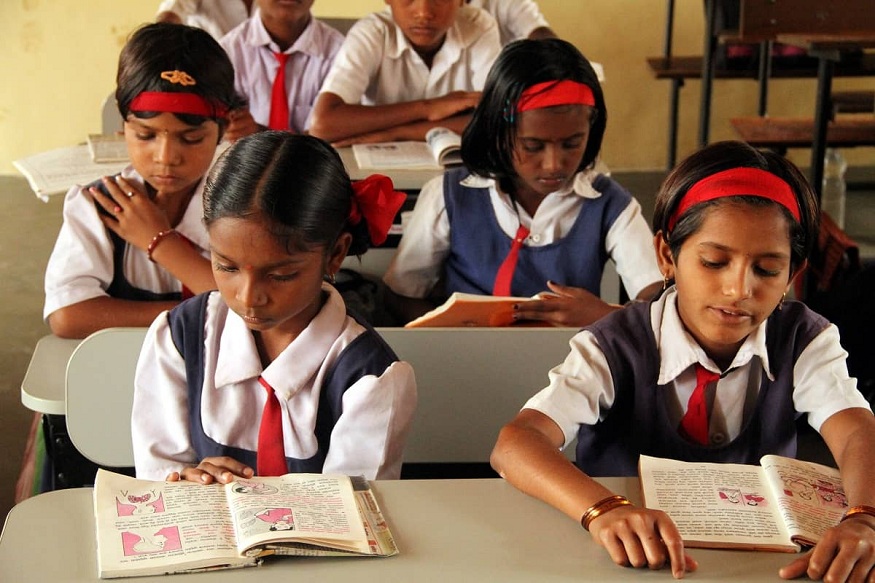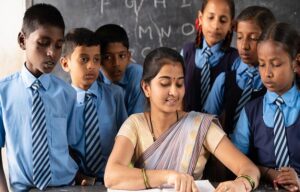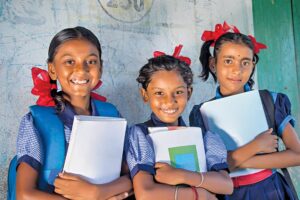India’s national development depends heavily on the education of girl children as it represents both a basic human right and a critical national development factor. The country has achieved progress in education enrollment and literacy, but various obstacles continue to restrict girls’ complete educational potential nationwide. The future of India depends on addressing these challenges as equity and progress must become the defining features of the nation.
Progress in Access and Awareness
Through government-led initiatives, social awareness campaigns, and international support, access to education for girls has experienced significant improvement during the past twenty years. Rural and urban schools have expanded their enrollment of female students through programmes that include mid-day meals, free textbooks, and gender-sensitive curriculum changes.
National surveys indicate that female literacy rates have shown continuous growth, while primary education completion rates for girls have reached their highest point in history. The educational participation of girls in secondary and higher levels has increased notably in states that built infrastructure specifically for female students. The positive girls education in India conceals fundamental structural problems, which impact numerous young female students.
Socio-Cultural and Economic Barriers
The primary obstacle to girl child education in India stems from traditional cultural beliefs that persist in society. Many rural communities, alongside marginalised areas, prioritise boy education above girl education. Traditional cultural beliefs maintain that girls should stay home, and this belief system results in early marriages and ends their educational opportunities.
The combination of economic challenges creates additional obstacles for students. Families who struggle financially might find it unwise to spend money on their daughter’s education. Schools that offer free education still present financial challenges, as families must pay for uniforms and transportation, and they lose household help. School withdrawal becomes common for girls when they need to help with household work or take responsibility for their younger siblings.
Gaps in Infrastructure and Safety
The infrastructure continues to present major challenges, even though progress has been made. Government schools throughout the country do not provide adequate sanitation facilities, which are particularly inadequate for female students. The lack of sanitary toilet facilities directly causes adolescent girls to stop attending school. Students avoid attending school as they must travel far distances and worry about their safety in areas where law enforcement is ineffective.
The combination of inadequate teaching standards and insufficient female educators in certain areas causes families to withhold their daughters from attending school. The absence of supportive educational environments within institutions causes girl students to lose interest and become disengaged from their studies.
The Importance of Holistic Solutions
Real progress requires moving beyond enrollment statistics toward maintaining learning continuity and empowerment programmes. Girls should learn academic content in addition to receiving education, which teaches life skills, health awareness, and digital literacy, and builds their confidence to actively participate in society. Quality education for girls creates a powerful effect, which extends beyond individual learning to enhance family wellness, decrease child marriage incidents, and increase economic output.
Girls’ education serves as a powerful tool, which disrupts the continuous transmission of poverty and social inequality between generations. A girl who receives education, becomes more capable of raising educated offspring while working in the workforce and making valuable contributions to her community. The necessity of empowering girls through education has replaced the previous option of choice.
Conclusion
The time has arrived for India to establish universal educational access for all girls, beyond their social status. The path to genuine equality in Indian girls’ education needs government backing, together with cultural evolution and financial independence for girls. The nation will create a stronger future that benefits everyone when girls receive meaningful education for empowerment.




Be First to Comment